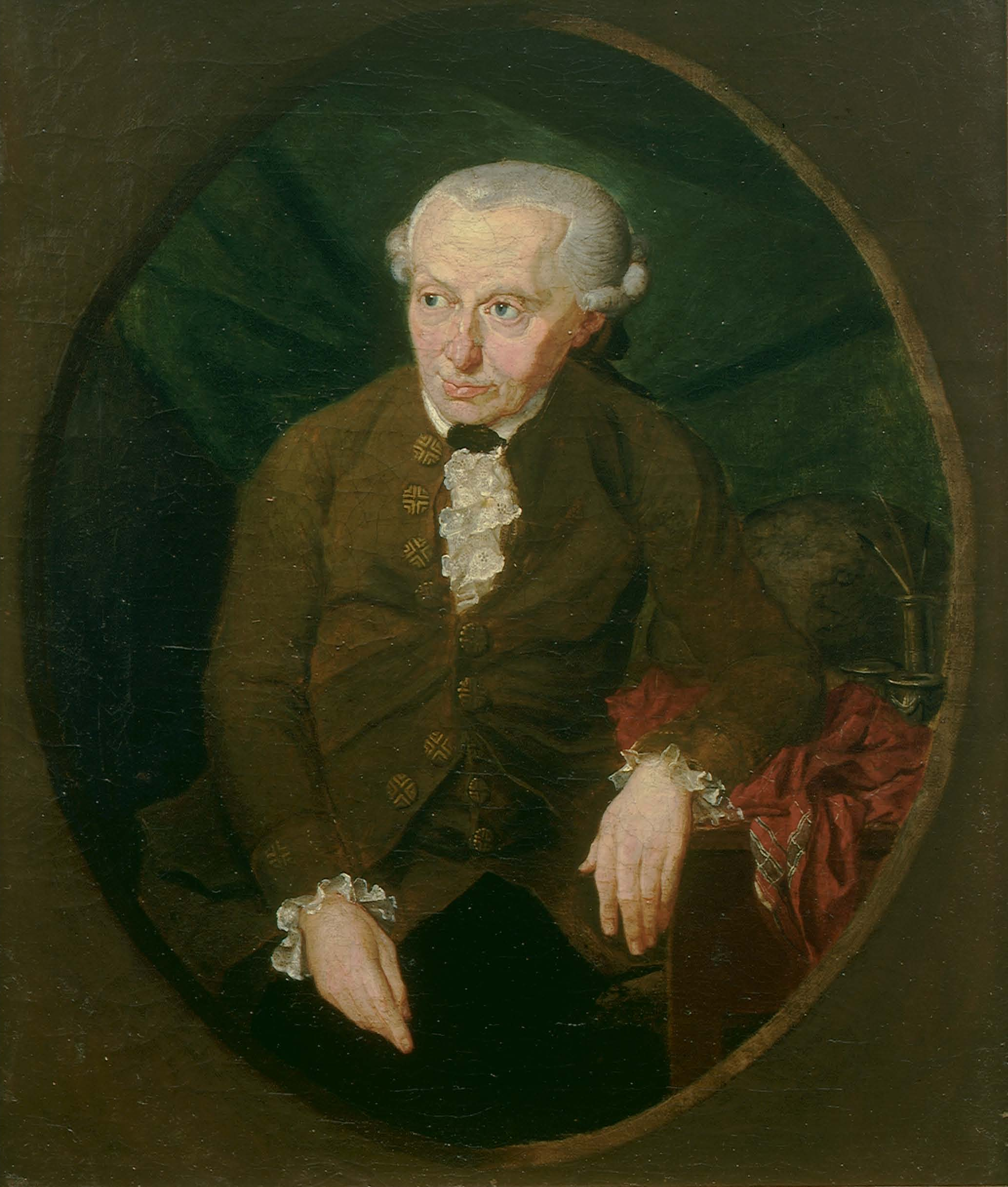|
Inua
In Inuit mythology, an inua (ᐃᓄᐊ; plural inuat ᐃᓄᐊᑦ) is a Soul (spirit), spirit or soul that exists in all people, animals, lakes, mountains, and plants. This is not an individual soul, but rather "the vital force representing a chain or continuum of all the individual spirits of that genus which had lived, were living, or were to live." Among the Central Alaskan Yup'ik people, Yup'ik near Kuskokwim Bay of Coastal Alaska, the word yua (absolutive case form of the word ''yuk'' "human; human-like spirit") has similar connotations as that of the Iñupiaq of Northern Alaska, who, similarly to the Inuit, call it ''iñua'' or ''inua''. This meaning is based in a common understanding of most Arctic peoples, including both the Yup'iak and Iñupiaq, that "all the world is animate, and that animals have souls or spirits", a foundational belief of the continuum and inter-connectivity of all life and spirit of all that is, has been, and is yet to be. The concept is similar to Ma ... [...More Info...] [...Related Items...] OR: [Wikipedia] [Google] [Baidu] |
Inuit Mythology
Inuit religion is the shared spiritual beliefs and practices of the Inuit, an Indigenous peoples of the Americas, indigenous people from Alaska, northern Canada, Greenland, and parts of Siberia. Their religion shares many similarities with some Alaska Native religions. Traditional Inuit religious practices include animism and shamanism, in which spiritual healers mediate with spirits. Today many Inuit follow Christianity (with 71 percent of Canadian Inuit identifying as Christian ); however, traditional Inuit spirituality continues as part of a living, oral tradition and part of contemporary Inuit society. Inuit who balance indigenous and Christian theology practice religious syncretism. Inuit cosmology provides a narrative about the world and the place of people within it. Rachel Qitsualik-Tinsley writes: Traditional stories, rituals, and taboos of the Inuit are often precautions against dangers posed by their harsh Arctic environment. Knud Rasmussen asked his guide and friend ... [...More Info...] [...Related Items...] OR: [Wikipedia] [Google] [Baidu] |
Tarqiup Inua
In Inuit mythology, Tarqiup Inua ("Master of the Moon") is a lunar deity. Names include: * the general word for moon, (Netsilik) and ( Iglulik), or to specify the spirit * , , or (Netsilik) and ( Iglulik) or again specifying the spirit The later names are associated with Sun and Moon (Inuit myth). Mythology Tarqiup Inua is a god of fertility, the morally righteous and for the Inuit of Alaska - the animals. The spirit of the Moon is a man, a mighty hunter who dwells in the skies. See also * Inua * List of lunar deities A lunar deity is a deity who represents the Moon, or an aspect of it. Lunar deities and Moon worship can be found throughout most of recorded history in various forms. The following is a list of lunar deities: African American Aztec mythology * ... References Inuit gods Lunar gods {{NorthAm-myth-stub ... [...More Info...] [...Related Items...] OR: [Wikipedia] [Google] [Baidu] |
Silap Inua
In Inuit religion, Silap Inua ('possessor of spirit', ᓯᓚᑉ ᐃᓄᐊ) or Sila ('breath, spirit', ᓯᓪᓚ) ( Iñupiaq: ''siḷam iñua'') is similar to mana or ether, the primary component of everything that exists; it is also the breath of life and the method of locomotion for any movement or change. Silla was believed to control everything that goes on in one's life. Description Silla is a spirit of the sky, the wind, and the weather. Though identified as male, he is never depicted, and thought to be formless. There are very few myths in which Silla is a character, because he is not thought to have many personality characteristics. He also represents a concept somewhat akin to the Hindu idea of Paramatman, or Emerson’s idea of the great Over soul: Silla is also believed to be the substance which souls are made of. Contrary to the Christian missionaries who have identified Nanook the polar bear spirit as the supreme deity of the Inuit, Silla is much closer to this role ... [...More Info...] [...Related Items...] OR: [Wikipedia] [Google] [Baidu] |
Soul (spirit)
The soul is the purported immaterial aspect or essence of a living being. It is typically believed to be immortal and to exist apart from the material world. The three main theories that describe the relationship between the soul and the body are interactionism, parallelism, and epiphenomenalism. Anthropologists and psychologists have found that most humans are naturally inclined to believe in the existence of the soul and that they have interculturally distinguished between souls and bodies. The soul has been the central area of interest in philosophy since ancient times. Socrates envisioned the soul to possess a rational faculty, its practice being man's most godlike activity. Plato believed the soul to be the person's real self, an immaterial and immortal dweller of our lives that continues and thinks even after death. Aristotle sketched out the soul as the " first actuality" of a naturally organized body—form and matter arrangement allowing natural beings to aspi ... [...More Info...] [...Related Items...] OR: [Wikipedia] [Google] [Baidu] |
Metaphysics Of Mind
Metaphysics is the branch of philosophy that examines the basic structure of reality. It is traditionally seen as the study of mind-independent features of the world, but some theorists view it as an inquiry into the conceptual framework of human understanding. Some philosophers, including Aristotle, designate metaphysics as first philosophy to suggest that it is more fundamental than other forms of philosophical inquiry. Metaphysics encompasses a wide range of general and abstract topics. It investigates the nature of existence, the features all entities have in common, and their division into categories of being. An influential division is between particulars and universals. Particulars are individual unique entities, like a specific apple. Universals are general features that different particulars have in common, like the color . Modal metaphysics examines what it means for something to be possible or necessary. Metaphysicians also explore the concepts of space, time, an ... [...More Info...] [...Related Items...] OR: [Wikipedia] [Google] [Baidu] |
Central Alaskan Yup'ik People
The Yupʼik or Yupiaq (sg & pl) and Yupiit or Yupiat (pl), also Central Alaskan Yupʼik, Central Yupʼik, Alaskan Yupʼik ( own name ''Yupʼik'' sg ''Yupiik'' dual ''Yupiit'' pl; Russian: Юпики центральной Аляски), are an Indigenous people of western and southwestern Alaska ranging from southern Norton Sound southwards along the coast of the Bering Sea on the Yukon-Kuskokwim Delta (including living on Nelson and Nunivak Islands) and along the northern coast of Bristol Bay as far east as Nushagak Bay and the northern Alaska Peninsula at Naknek River and Egegik Bay. They are also known as Cupʼik by the Chevak Cupʼik dialect-speaking people of Chevak and Cupʼig for the Nunivak Cupʼig dialect-speaking people of Nunivak Island. The Yupiit are the most numerous of the various Alaska Native groups and speak the Central Alaskan Yupʼik language, a member of the Eskimo–Aleut family of languages. As of the 2010 U.S. Census, the Yupiit population in the Uni ... [...More Info...] [...Related Items...] OR: [Wikipedia] [Google] [Baidu] |
Oxford University Press
Oxford University Press (OUP) is the publishing house of the University of Oxford. It is the largest university press in the world. Its first book was printed in Oxford in 1478, with the Press officially granted the legal right to print books by decree in 1586. It is the second-oldest university press after Cambridge University Press, which was founded in 1534. It is a department of the University of Oxford. It is governed by a group of 15 academics, the Delegates of the Press, appointed by the Vice Chancellor, vice-chancellor of the University of Oxford. The Delegates of the Press are led by the Secretary to the Delegates, who serves as OUP's chief executive and as its major representative on other university bodies. Oxford University Press has had a similar governance structure since the 17th century. The press is located on Walton Street, Oxford, Walton Street, Oxford, opposite Somerville College, Oxford, Somerville College, in the inner suburb of Jericho, Oxford, Jericho. ... [...More Info...] [...Related Items...] OR: [Wikipedia] [Google] [Baidu] |
Mana (Oceanian Mythology)
In Melanesian and Polynesian cultures, ''mana'' is a supernatural force that permeates the universe. Anyone or anything can have ''mana''. They believed it to be a cultivation or possession of energy and power, rather than being a source of power. It is an intentional force. ''Mana'' has been discussed mostly in relation to cultures of Polynesia, but also of Melanesia, notably the Solomon Islands and Vanuatu. In the 19th century, scholars compared ''mana'' to similar concepts such as the '' orenda'' of the Iroquois Indians and theorized that ''mana'' was a universal phenomenon that explained the origin of religions. Etymology The reconstructed Proto-Oceanic word *mana is thought to have referred to "powerful forces of nature such as thunder and storm winds" rather than supernatural power. As the Oceanic-speaking peoples spread eastward, the word started to refer instead to unseen supernatural powers. Polynesian culture ''Mana'' is a foundation of Polynesian theology, ... [...More Info...] [...Related Items...] OR: [Wikipedia] [Google] [Baidu] |
Conceptions Of Self
Conception commonly refers to: * Concept, an abstract idea or a mental symbol * Conception (biology), fertilization of the ovum Conception may also refer to: Entertainment * ''Conception'' (album), an album by Miles Davis * "Conception" (song), a 1950 jazz standard by George Shearing * ''Conception'', a posthumous album by Bill Evans * Conception (band), a Norwegian band * ''Conception'' (film), a 2011 film * ''Conception'' (video game), a 2012 role-playing video game developed by Spike ** ''Conception'' (anime), a 2018 anime TV series adaptation of the same video game * '' Conception II: Children of the Seven Stars'', a 2013 RPG video game also by Spike Maritime * Sinking of MV ''Conception'', a 2019 fire and sinking of a dive boat Places * Conception, Missouri, US * Conception, Minnesota, US * Conception Bay, Newfoundland, Canada * Conception Bay (Namibia) See also * Concept (other) * Concepción (other) Concepción (Spanish for ''conc ... [...More Info...] [...Related Items...] OR: [Wikipedia] [Google] [Baidu] |
Religious Philosophical Concepts
Religion is a range of social-cultural systems, including designated behaviors and practices, morals, beliefs, worldviews, texts, sanctified places, prophecies, ethics, or organizations, that generally relate humanity to supernatural, transcendental, and spiritual elements—although there is no scholarly consensus over what precisely constitutes a religion. It is an essentially contested concept. Different religions may or may not contain various elements ranging from the divine, sacredness, faith,Tillich, P. (1957) ''Dynamics of faith''. Harper Perennial; (p. 1). and a supernatural being or beings. The origin of religious belief is an open question, with possible explanations including awareness of individual death, a sense of community, and dreams. Religions have sacred histories, narratives, and mythologies, preserved in oral traditions, sacred texts, symbols, and holy places, that may attempt to explain the origin of life, the universe, and other phenomena. Religious ... [...More Info...] [...Related Items...] OR: [Wikipedia] [Google] [Baidu] |
Vitalism
Vitalism is a belief that starts from the premise that "living organisms are fundamentally different from non-living entities because they contain some non-physical element or are governed by different principles than are inanimate things." Where vitalism explicitly invokes a vital principle, that element is often referred to as the "vital spark", "energy", "'' élan vital''" (coined by vitalist Henri Bergson), "vital force", or "''vis vitalis''", which some equate with the soul. In the 18th and 19th centuries, vitalism was discussed among biologists, between those who felt that the known mechanics of physics would eventually explain the difference between life and non-life and vitalists who argued that the processes of life could not be reduced to a mechanistic process. Vitalist biologists such as Johannes Reinke proposed testable hypotheses meant to show inadequacies with mechanistic explanations, but their experiments failed to provide support for vitalism. Biologists now ... [...More Info...] [...Related Items...] OR: [Wikipedia] [Google] [Baidu] |





